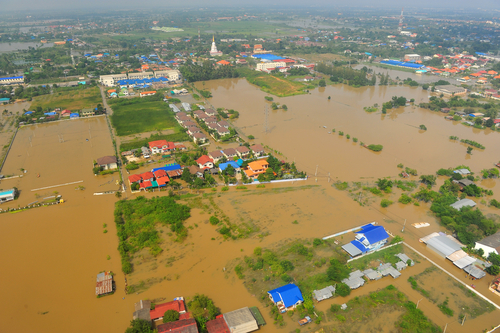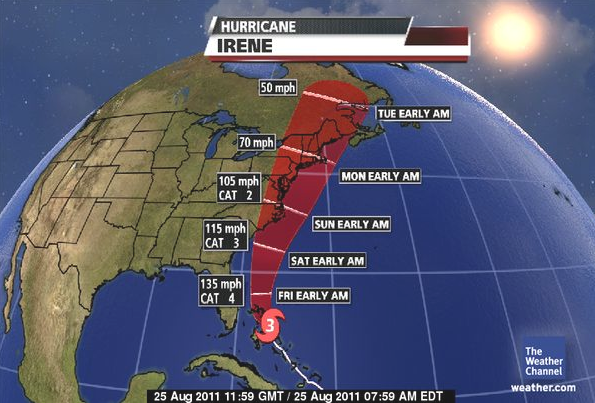Thailand is underwater. The current flood is the worst the nation has faced in 50 years and hundreds have died. It’s a tragic disaster affecting millions, but it is also one that is having profound affects on the global supply chain.
For example, according to the global supplier database provider Panjiva (which had this interesting profile written about it last year), the United States imports more than one third of all its incoming hard drives from Thailand. And the reliance on these sales goes both ways: “By dollar value, hard drives are Thailand’s biggest export category to the United States — about $1.5 billion to-date,” says Panjiva.
They don’t provide precise numbers on the effect the flood has had so far — it is likely just too soon to know. But the disruption will be significant. Panjiva notes that the overall second quarter exports to the United States from Japan, which was hit by the most economically devastating disaster in history in March, fell 7% compared to the same period in 2010. Thailand’s economy is only 4% that of Japan’s, and the scale of disaster is hard to compare to the epic quake and tsunami that devastated an island nation whose $5.5 trillion 2010 GDP was the world’s third highest, but the effects will certainly be felt in parts of the tech world.
The number gurus at Panjiva have also detailed a few more of the economic products likely to be most affected: coconuts, shrimp, rice, pineapples and furniture. See the graphic below for a breakdown of how much each of these major commodities will affected by the floods.



